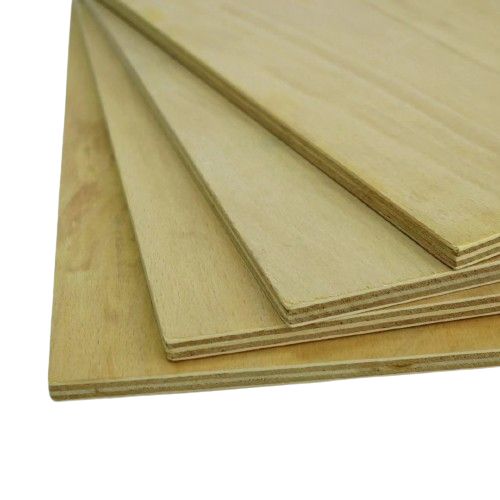How Construction Plywood Enhances Building Projects and Design
2025-03-07
When it comes to constructing durable, reliable, and cost-effective structures, few materials offer the combination of qualities that plywood can provide. As an integral part of building projects ranging from houses to commercial developments, construction plywood continues to be a go-to material for builders, architects, and designers. In this blog, we will delve into how construction plywood can enhance the strength, efficiency, and aesthetics of your building project.
Why is Construction Plywood So Important?
Construction plywood is a multi-layered wood product that is incredibly popular because of its outstanding characteristics. These features make it ideal for both structural and non-structural applications:
1. Strength and Flexibility
Plywood’s construction process involves gluing multiple layers of veneer together, with the grain of each layer running in different directions. This cross-grain structure makes plywood highly resistant to bending, warping, and shrinking, unlike solid wood. Plywood is flexible yet sturdy, making it an ideal material for buildings that need to withstand weight, pressure, and various weather conditions.
2. Lightweight and Easy to Handle
Despite its strength, plywood is lighter than many solid wood options, making it easier to transport, handle, and install. This can save both time and money on a project, as the reduced weight leads to less strain on machinery and reduces the labor involved in moving materials.
3. Sustainability and Eco-Friendliness
One of the key advantages of plywood over solid wood is its sustainability. Plywood uses wood that might otherwise go to waste, reducing deforestation. Furthermore, many plywood manufacturers are now adopting sustainable practices by sourcing wood from responsibly managed forests.

How Construction Plywood is Used in Building Projects
1. Structural Support
Plywood is often used in construction for providing structural support. It is a common material for creating subflooring, roofing, and wall sheathing. The material’s layered construction allows it to bear significant loads while remaining relatively lightweight.
2. Design Flexibility
In addition to its structural applications, plywood is an excellent choice for design flexibility. Its smooth surface and versatility make it a popular material in interior design. Whether it’s being used for decorative wall panels, furniture, or cabinets, plywood provides a natural and sophisticated aesthetic. The material can be painted, stained, or finished with veneer to create custom finishes that fit the design vision of the project.
3. Eco-Friendly and Green Building
In the world of sustainable construction, plywood has gained popularity for its environmental benefits. As building practices become more eco-conscious, using plywood can contribute to achieving LEED (Leadership in Energy and Environmental Design) certification. Its ability to be recycled and its low environmental impact make it a green choice for construction projects.
4. Formwork in Concrete Construction
Plywood is also used in formwork, which is the temporary structure that holds the shape of poured concrete until it hardens. Construction plywood is perfect for this application because it provides a smooth and strong surface while withstanding the weight and pressure of wet concrete.
Design Trends with Plywood
1. Minimalist and Industrial Aesthetics
The raw, natural look of plywood is often embraced in minimalist and industrial design projects. It adds warmth and texture while maintaining a clean, sleek appearance. Many interior designers use plywood in modern home designs, creating open, airy spaces with a touch of natural wood appeal.
2. Plywood Furniture
Plywood’s durability and flexibility make it an excellent material for furniture production. Designers often use plywood to craft affordable yet stylish furniture pieces like chairs, tables, and bookshelves that maintain both function and aesthetic appeal.
3. Creative Wall and Ceiling Treatments
Plywood can be used to create striking wall and ceiling treatments that add personality and texture to a space. Whether used for accent walls or full-paneled rooms, plywood can create a dramatic focal point that blends perfectly with other materials like stone or metal.
Conclusion
Construction plywood is an incredibly versatile and essential material that not only provides structural strength but also enhances the design and sustainability of building projects. Whether used for framing, flooring, or creative interior designs, plywood offers unmatched flexibility. By understanding how to incorporate plywood into your next project, you can achieve both functionality and beauty while keeping costs manageable and reducing environmental impact.


